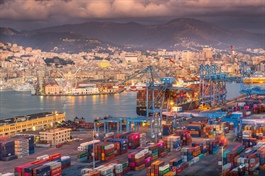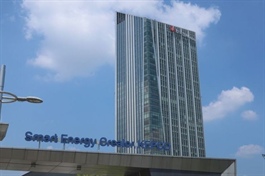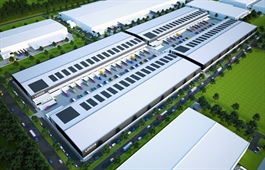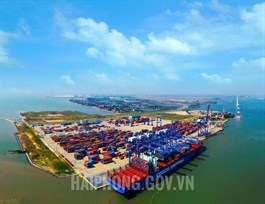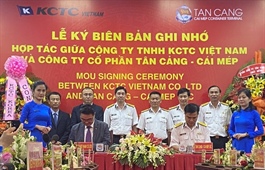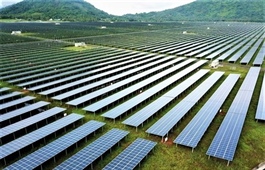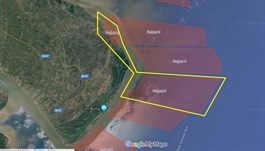Assuring technical standards for solar roof schemes
Assuring technical standards for solar roof schemes
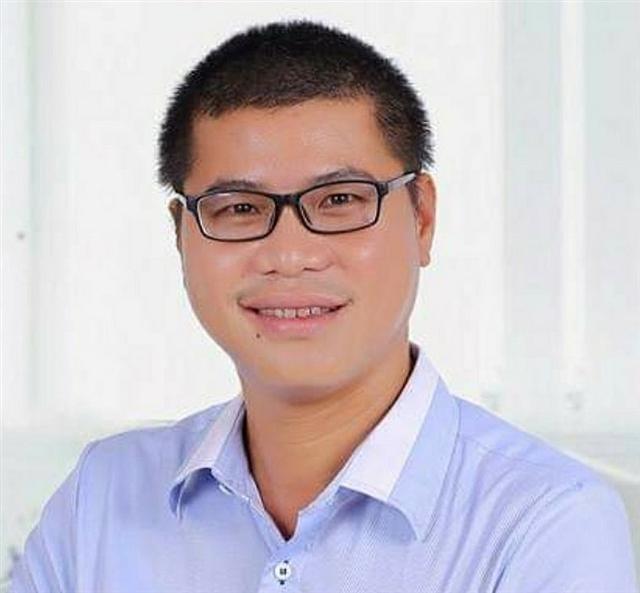
By Le Hong Quang - Project director Copper Mountain Energy (CME)
|
Some technical issues need to be noted for rooftop solar schemes during the investment process by ensuring a suitable structure through assessing and detecting elements such as structural integrity, particularly determining existing structures’ ability to take a new load from the solar system.
Rooftop solar puts a weight of approximately 15kg per square metre on a roof. Hence, the structure needs to be examined and analysed carefully to ensure stability. In many cases, the structure needs to be reinforced, which requires expert opinion to justify.
Factors such as water leaks, strong influences of near shading, low tilting and flat roofs, and the radiation levels will affect the efficiency and operation of the project.
Fire prevention also directly affects the safety and efficiency of the system. For rooftop solar projects, in particular those operating in a high-temperature environment and systems including multiple junctions, this can be a significant fire hazard.
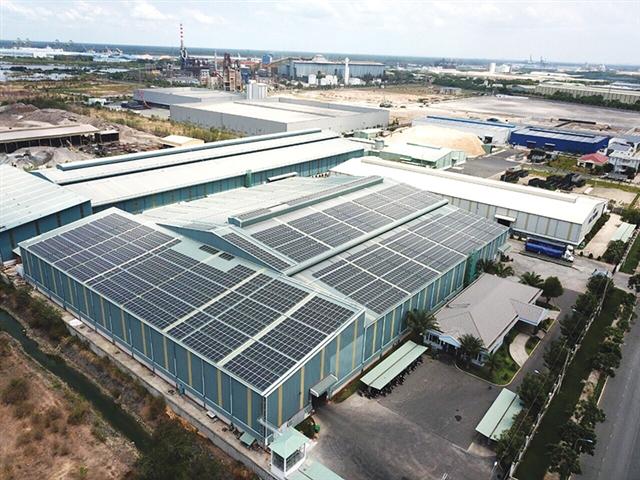
A rooftop solar project in Kien Giang province, implemented by CME
|
Realistically some solar projects, rooftop solar in particular, have experienced fire outbreaks worldwide. The fire could be caused by design flaws, equipment malfunctions, poor installation procedures, insufficient operating management, and more besides. Vietnam has weather conditions, humidity, and dust that increase the chances of fire hazards which can affect not only the system but also the building underneath.
With experience in funding and executing multiple grounded solar and rooftop solar projects, and implementing high technical standards, CME commits to meeting the standards and instructions on fire prevention as well as supervising strict compliance of these standards.
The distance between battery panels needs to be sufficient to prevent fires, and an uncluttered setting ensures proper ventilation to lower the temperature of the solar panels during operation. Additionally, the cable size needs to be taken into account, with technical standards and cable type to make sure to not overload the system.
The selection of underground wire and surface wire, as well as conduit suitable for the installation procedure is relatively important, while the rooftop surface is also an important factor. Accumulating water on flat roofs below the photovoltaic (PV) system can attract debris and this can also quickly turn into a fire hazard. This also needs to be considered during the design stage for the sake of convenient operational and management processes.
The inverter and electrical cabinet location need to provide access in case of fire incidents. Also, access to the site is important – this needs to be surveyed carefully to work out proper supply and personnel transportation, especially in fire-fighting situations.
Only the PV modules that meet international standards on efficiency and safety are allowed for installation. These modules need to be approved and certified by internationally acknowledged testing facilities, such as TÜV Rhineland.
The inverter needs to have a DC isolation system to allow safe disconnection of a malfunctioned inverter or module for maintenance which is also used in the case of a fire. Generally speaking, investors should consider using devices listed in the top 10 by Bloomberg.
With contemporary demand to develop solar energy and the specifications of each project, there will be significant challenges to investors in selecting an execution plan good enough to carry out the project to ensure quality and progress. Investors need to construct an assessment procedure to select a fitting plan.
Experience and expertise, especially in the management board, as well as the quality and safety control division need to be carefully and thoroughly examined.
The operation and maintenance process needs to abide by a tight and specific procedure to timely detect and prevent underlying accidental hazards. There needs to be a remote surveillance system to detect fire hazards to carry out timely solutions. PV systems are required to be examined periodically by experts, including detecting potential damage caused by rodents and other pests which may affect the wiring system and insulator, among others.
Infrared temperature monitoring should also be carried out periodically to detect fire hazard red flags.
At CME, we always make extra efforts to carry out the standards above. We are committed with our partners to help reduce energy costs, provide alternative power sources, and contribute to their sustainability goals.






